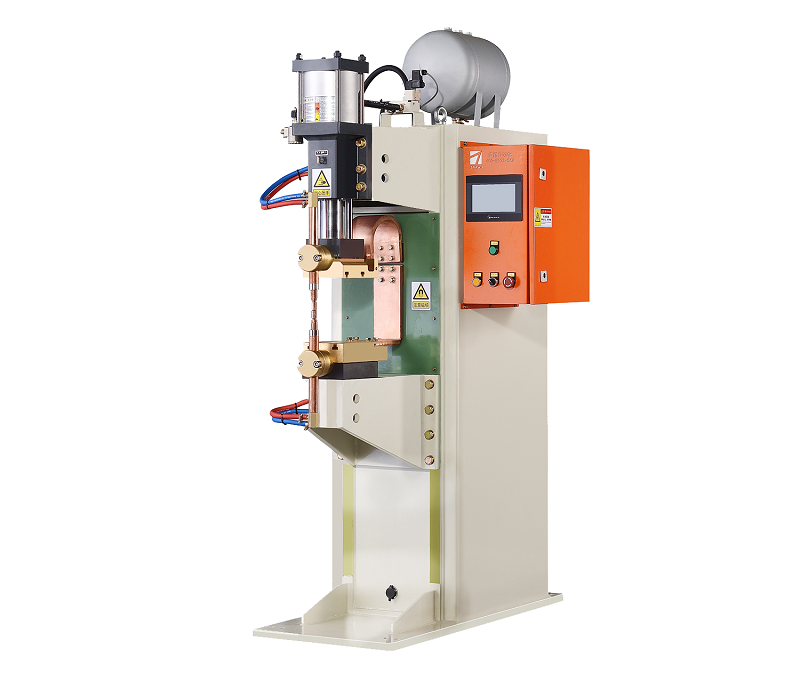Why is the Medium Frequency Spot Welder So Adaptable?
Medium frequency spot welding has gained significant recognition in various industrial applications due to its remarkable adaptability and versatility. This welding technique involves joining two metal components together by applying pressure and heat to a localized area. The inherent characteristics of medium frequency spot welders contribute to their exceptional adaptability, making them a preferred choice in many manufacturing processes.

One of the primary reasons for the strong adaptability of medium frequency spot welders is their ability to effectively weld a wide range of metals and alloys. Unlike some traditional welding methods that are limited to specific combinations of metals, medium frequency spot welding can connect various metal types with varying thicknesses. This capability is essential in industries where diverse materials are commonly used, such as automotive manufacturing, aerospace, and electronics.
Furthermore, the precise control offered by medium frequency spot welders plays a pivotal role in their adaptability. These welders allow operators to finely adjust welding parameters such as current, voltage, and duration of the weld. This level of control ensures that the welding process can be tailored to the specific requirements of each material and joint configuration. Whether it’s a delicate electronic component or a robust structural element, medium frequency spot welders can be finely tuned to produce consistent, high-quality welds.
The adaptability of medium frequency spot welders also stems from their inherent energy efficiency. The medium frequency power supply used in these welders enables rapid energy transfer and focused heating, minimizing heat-affected zones and distortion in the surrounding areas. This efficiency is particularly beneficial when working with materials that are sensitive to high temperatures or when precise control over the heat input is crucial.
In addition to their technical capabilities, medium frequency spot welders are also adaptable in terms of their physical setup. They can be integrated into automated production lines or used as standalone units, depending on the manufacturing requirements. Their relatively compact size allows for flexible placement within different production layouts, optimizing floor space and workflow efficiency.
In conclusion, the adaptability of medium frequency spot welders arises from their capacity to weld a diverse range of metals, precise control over welding parameters, energy efficiency, and flexible setup options. This welding technique has proven indispensable in modern manufacturing, where versatility and high-quality results are paramount. As industries continue to evolve, medium frequency spot welders are likely to maintain their significance as adaptable tools that meet the ever-changing demands of the manufacturing landscape.